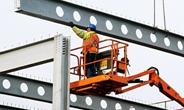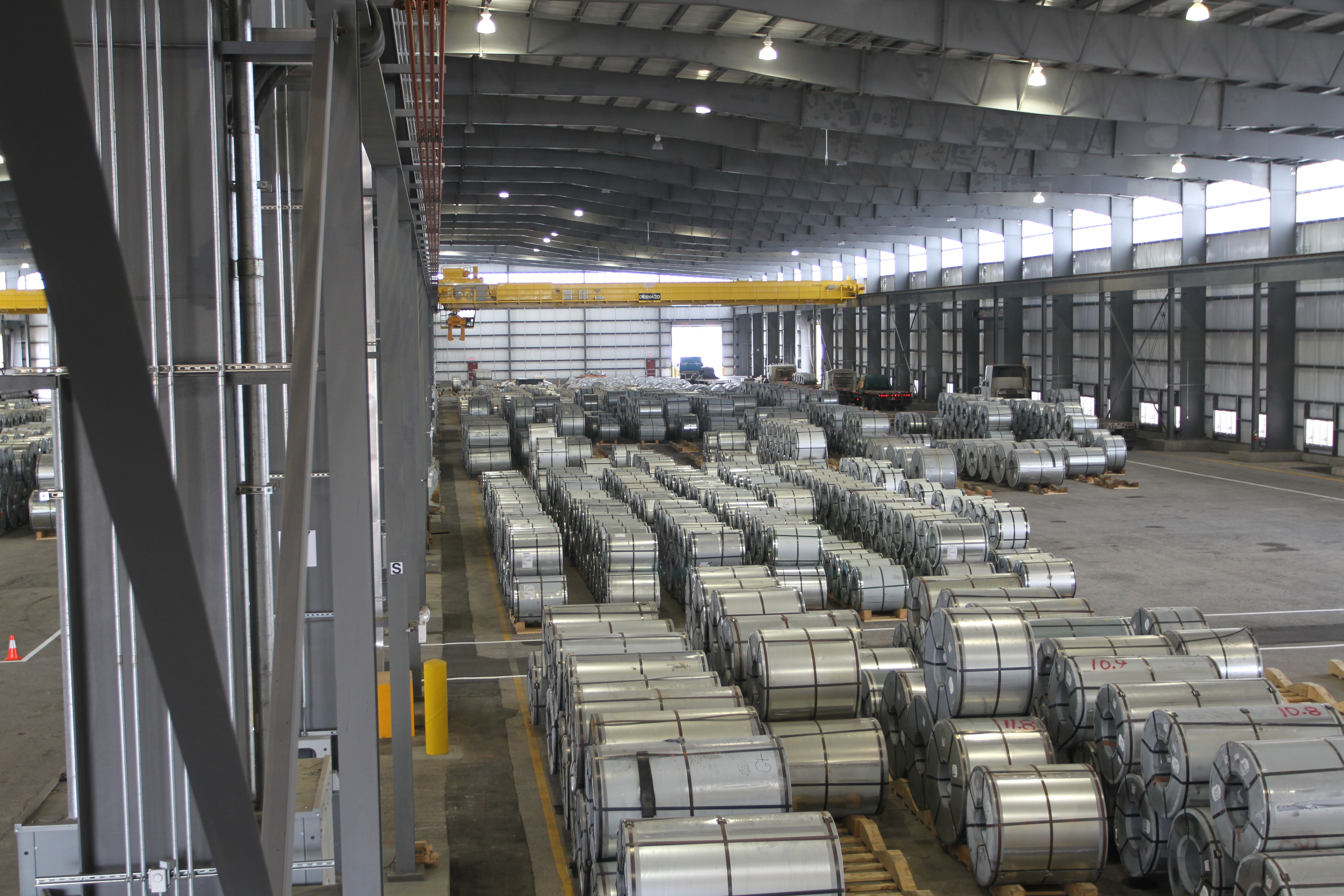Steel Markets

AGC Urges Changes to Tax Reform Bill to Sustain Construction Growth
Written by Sandy Williams
November 29, 2017
Construction employment increased in 243 out of 358 metro areas between October 2016 and October 2017, declined in 59 and stagnated in 56, according to a new analysis of federal employment data released by the Associated General Contractors of America.
“Growing demand, especially from the private sector, is continuing to drive construction employment gains in many parts of the country,” said Ken Simonson, the association’s chief economist. “The tax reform proposals now being debated in Washington can do even more to help ensure that metro areas will continue to add new construction jobs.”
Association officials said there was still time to improve the tax reform measure, noting that Senators have an opportunity to make improvements to the proposal. In particular, they urged Senators to set the final tax rate for pass-through businesses at a comparable level to the rate for corporations. And they urged Senators to boost infrastructure funding.
“Lowering the tax burden on many small and medium-sized employers and including new infrastructure funding will bring immediate and widespread benefits to local economies across the country,” said Stephen E. Sandherr, the association’s chief executive officer. “That is why the construction employers and workers our association represents are committed to helping ensure any final tax reform measure actually helps support continued construction job growth.”
Riverside-San Bernardino-Ontario, Calif., added the most construction jobs during the past year (14,700 jobs, 15 percent), followed by Las Vegas-Henderson-Paradise, Nev. (10,500 jobs, 18 percent); New York City, N.Y. (10,100 jobs, 7 percent); Portland-Vancouver-Hillsboro, Ore.-Wash. (8,000 jobs, 12 percent) and Los Angeles-Long Beach-Glendale, Calif. (7,500 jobs, 6 percent). The largest percentage gains occurred in the Cheyenne, Wyo., metro area (24 percent, 800 jobs) followed by Las Vegas; Killeen-Temple, Texas (16 percent, 1,600 jobs); and Lake Charles, La. (16 percent, 3,600 jobs).
The largest job losses from October 2016 to October 2017 were in Houston-The Woodlands-Sugar Land, Texas (-7,900 jobs, -4 percent), followed by Columbia, S.C. (-3,100 jobs, -18 percent); Kansas City, Mo. (-3,000 jobs, -11 percent); Middlesex-Monmouth-Ocean, N.J. (-2,300 jobs, -6 percent) and San Jose-Sunnyvale-Santa Clara, Calif. (-2,100 jobs, -4 percent). The largest percentage decreases for the year were in Grand Forks, N.D.-Minn. (-25 percent, -1,200 jobs) followed by Columbia, S.C.; Eau Claire, Wis. (-11 percent, -400 jobs) and Kansas City, Mo. (-11 percent, -3,000 jobs).

Sandy Williams
Read more from Sandy WilliamsLatest in Steel Markets

USW cheers Evraz NA agreement with Atlas Holdings
The United Steelworkers (USW) labor union celebrated recent news of the signed agreement between Atlas Holdings and Evraz NA in which the Connecticut-based private equity company said it plans to acquire North America’s Evraz facilities.

Steel buyer spirits tempered by soft spot market conditions
Steel sheet buyers report feeling bogged down by the ongoing stresses of stagnant demand, news fatigue, tariff negotiations or implementation timelines, and persistent macroeconomic uncertainty.

Hot-rolled coil buyers continue seeking certainty
Steel market participants contend that buyers will remain in “wait-and-see" mode until some market stability is restored.

Latin American steel advocates warn on cheap import flood
Subsidized Chinese steel imports and cheap steel products from Association of Southeast Asian Nations (ASEAN) entering Latin American (LATAM) are threatening the region's steel market.

CRU: Steel prices fall amid global demand weakness
The forceful headwinds bearing down on steel markets across the globe have created demand challenges and sent prices southward. The US, however, challenged the global trend.
